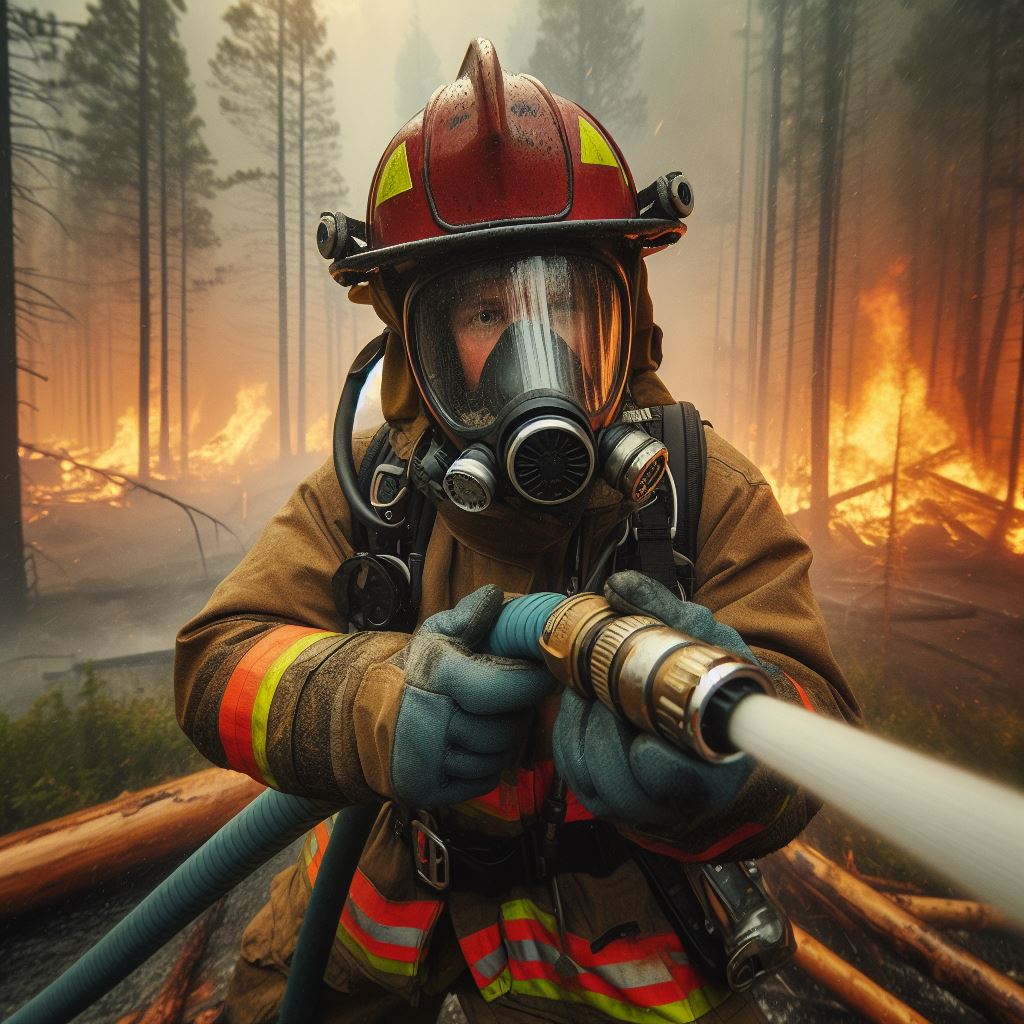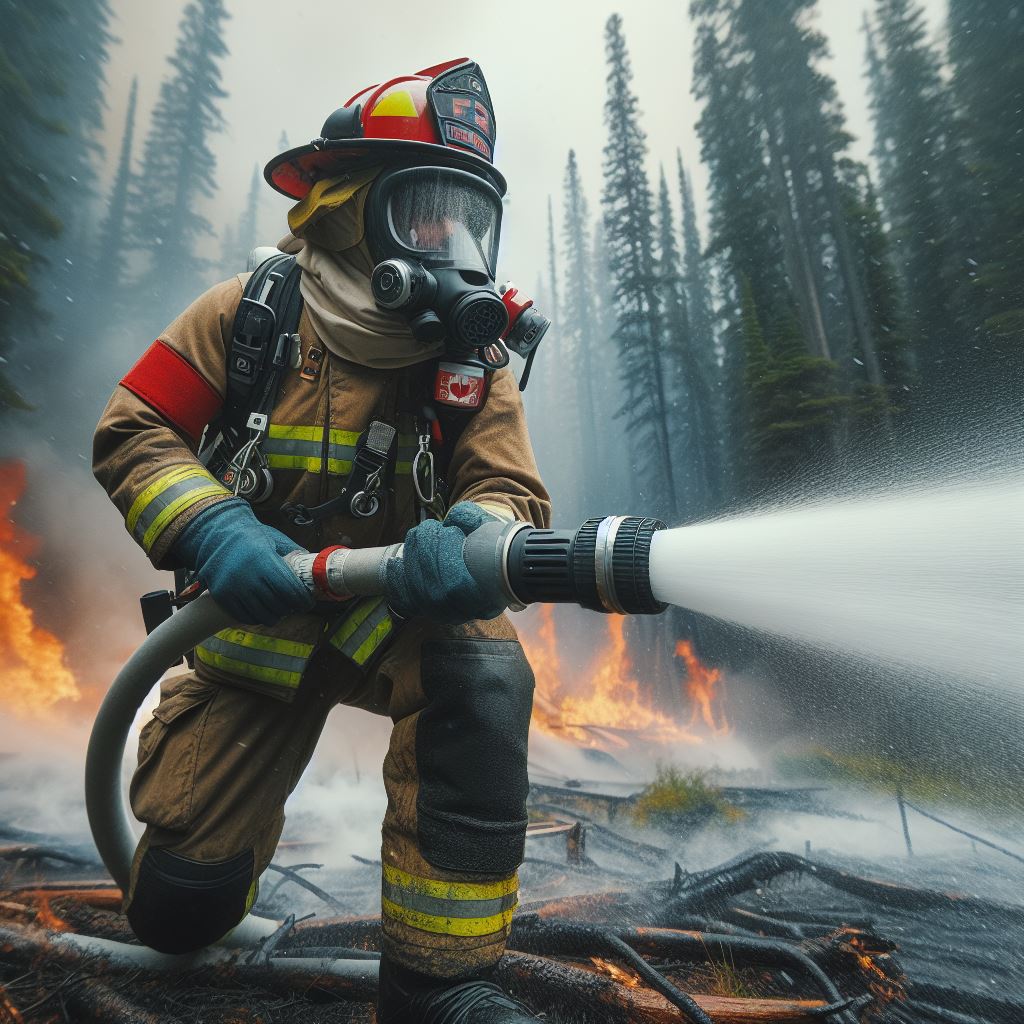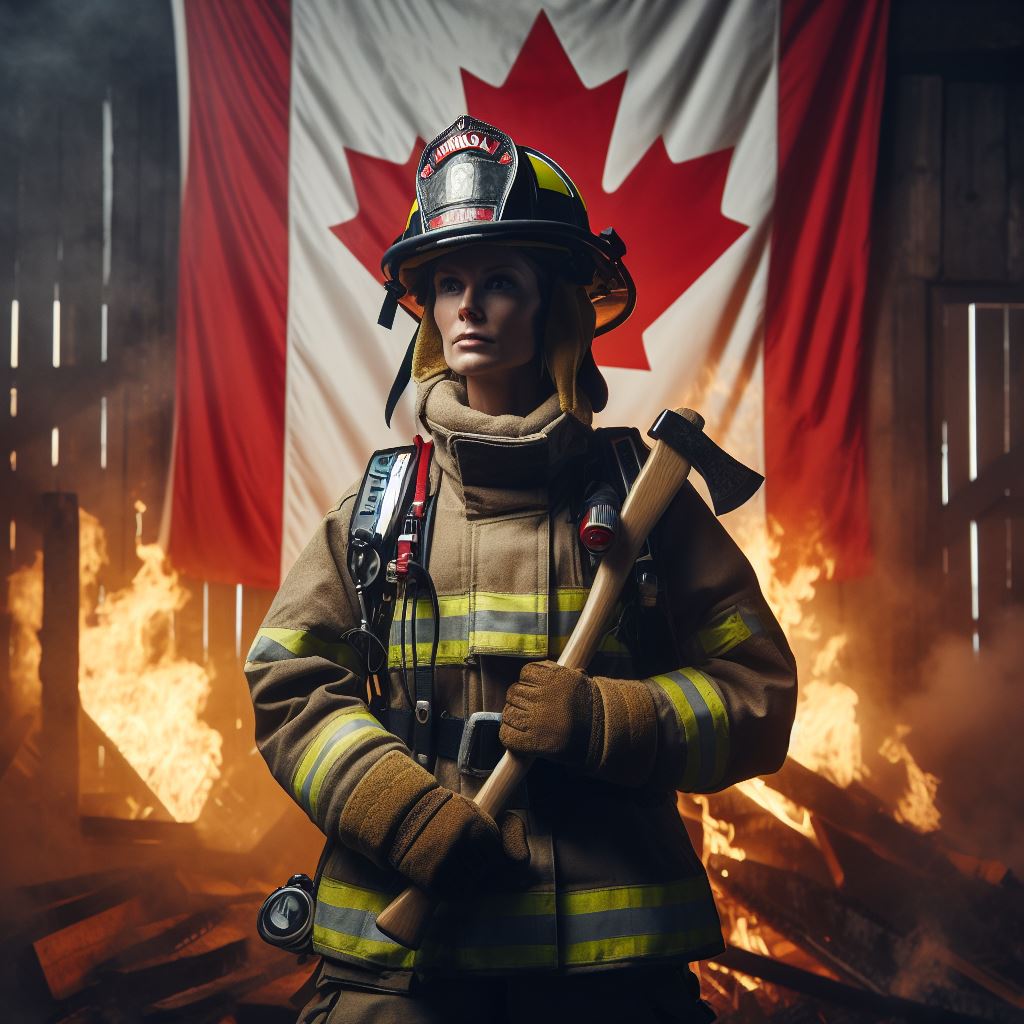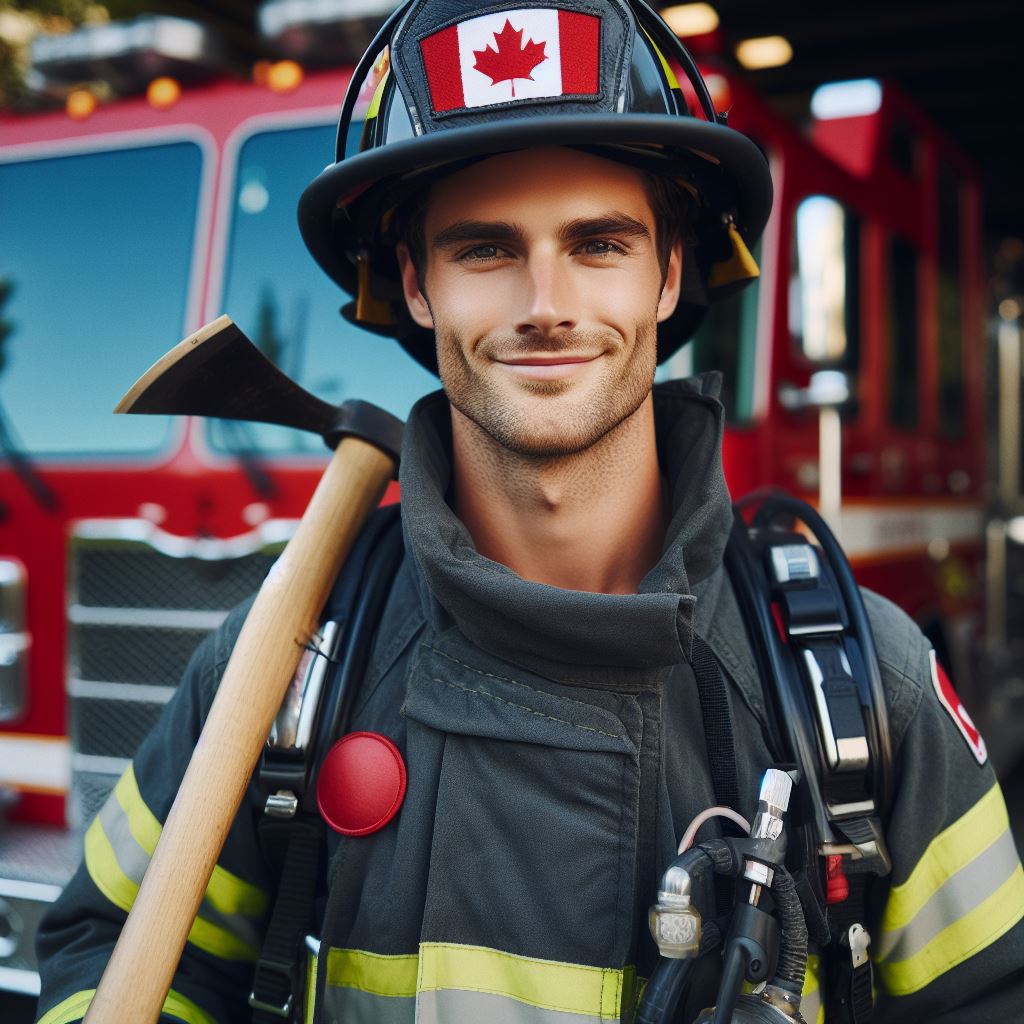Introduction
Firefighter training is an essential aspect of preparing individuals to handle life-threatening situations.
Importance of firefighter training
Proper training equips firefighters with the necessary skills and knowledge to effectively combat fires.
It enables them to understand fire behavior, use firefighting equipment, and perform life-saving techniques.
Firefighter training also instills discipline, teamwork, and critical thinking skills, ensuring successful emergency responses.
Purpose of the blog post
This blog post aims to provide insights into what aspiring firefighters can expect during their training journey.
It will delve into the various types of training, the challenges they might encounter, and the rewards that come with the profession.
Moreover, this post will serve as a guide to help readers understand the rigorous nature of firefighter training.
Overall, this chapter intends to highlight the significance of training in shaping competent and capable firefighters.
Overview of Firefighter Training
Firefighter training plays a crucial role in preparing individuals for the demanding and unpredictable nature of their profession.
It equips them with the necessary skills, knowledge, and expertise to effectively respond to emergencies and protect lives and property.
Explanation of Firefighter Training Programs
- Firefighter training programs are designed to provide comprehensive instruction on various aspects of firefighting.
- These programs cover a wide range of topics, including fire prevention, equipment operation, hazardous materials management, and rescue techniques.
- Training programs typically include both classroom sessions and practical hands-on exercises to ensure a well-rounded learning experience.
Different Levels of Training (Basic, Intermediate, Advanced)
- Firefighter training is divided into different levels to address the evolving needs and responsibilities of firefighters.
- Basic training serves as the foundation and focuses on essential firefighting skills, such as hose operations and search and rescue techniques.
- Intermediate training builds upon the basics and encompasses more advanced skills, including ventilation, ladder operations, and incident command.
- Advanced training is reserved for seasoned firefighters and covers specialized areas such as hazardous materials response, technical rescue, and wildland firefighting.
Importance of Ongoing Training and Education
- Firefighting is a dynamic field that constantly evolves, requiring firefighters to continuously update their skills and knowledge.
- Ongoing training ensures that firefighters stay up-to-date with the latest techniques, equipment, and safety protocols.
- Regular training exercises and simulations help firefighters maintain their proficiency and readiness for various emergency scenarios.
- Continuing education opportunities, such as professional development courses and workshops, enable firefighters to expand their expertise and stay abreast of industry advancements.
- Moreover, ongoing training and education contribute to the overall professionalism and competence of firefighters, instilling confidence in their ability to handle any situation effectively.
In conclusion, firefighter training is a comprehensive and continuous process that prepares individuals to respond to emergencies and safeguard their communities.
Through well-structured training programs and ongoing education, firefighters acquire the necessary skills, expertise, and readiness to face the challenges inherent in their noble profession.
Basic Firefighter Training
- Duration and structure of basic training programs.
- Classroom instruction and practical exercises are integral parts of the training.
- Core skills covered include fire suppression, rescue techniques, handling hazardous materials, and more.
- Physical fitness requirements are essential for firefighters to meet the demands of the job.
Firefighting, a challenging yet rewarding profession, demands rigorous training.
Programs, varying in duration, aim to produce competent and well-prepared firefighters.
Training spans weeks to months, contingent on curriculum and department standards.
Structurally, programs meld classroom sessions with practical exercises, fostering a comprehensive skill set.
In classrooms, essential fire dynamics, hazardous materials, and teamwork concepts are imparted.
Practical exercises, integral to training, simulate firefighting scenarios, honing skills in controlled environments.
Trainees practice fire suppression, rescue operations, and handling hazardous materials.
Physical fitness, paramount for strength and agility, is rigorously maintained through running, weightlifting, and circuit training.
These multifaceted programs prepare individuals for the diverse challenges of firefighting, instilling confidence and proficiency.
The training ensures firefighters are not only mentally adept but also physically capable, laying the foundation for a noble career dedicated to community safety.
Read: Top Firefighting Schools Across Canada
Intermediate Firefighter Training
In order to advance as a firefighter and develop specialized skills, intermediate training is essential.
This level of training focuses on specific areas to enhance a firefighter’s expertise and response capabilities.
Unlock Your Career Potential
Visualize a clear path to success with our tailored Career Consulting service. Personalized insights in just 1-3 days.
Get StartedPre-requisites for Intermediate Training
- Completion of basic firefighter training and certification is mandatory.
- A certain amount of operational experience is required to qualify for intermediate training.
- Physical fitness and good health are crucial due to the demanding nature of the training.
Focus on Specific Areas
In intermediate firefighter training, firefighters delve deeper into specific areas to broaden their skill set and knowledge.
- Wildland Fires: Firefighters learn advanced tactics and strategies to combat fires in rural and forested areas.
- Advanced Rescue Techniques: Techniques for extrication, confined space, and high-angle rescues are taught in-depth.
- High-Rise Firefighting: Firefighters are trained to handle emergencies in tall buildings, focusing on vertical ventilation and elevator rescue procedures.
Simulation Drills and Scenario-based Training
Intermediate training incorporates various simulation drills and scenario-based exercises to simulate real-life emergency situations.
- Firefighters participate in controlled burns, simulating different fire conditions and environmental factors.
- Mock rescue missions and hazardous material incidents are simulated to enhance decision-making and response skills.
- Medical scenarios, such as mass casualty incidents or cardiac arrests, are practiced to improve medical response capabilities.
Emphasis on Teamwork and Leadership Development
Collaboration and leadership skills are crucial in firefighting, which is why intermediate training places a strong focus on teamwork and leadership development.
- Firefighters are trained to work together efficiently and effectively in high-stress situations.
- Leadership skills, such as incident command and communication, are honed to ensure smooth coordination and decision-making.
- Effective delegation and supervision techniques are taught to foster strong leadership within the firefighting team.
In conclusion, intermediate firefighter training is an important step in advancing firefighters’ capabilities.
Through specialized focus areas, simulation drills, and leadership development, firefighters gain the necessary skills required to handle complex emergencies and protect both lives and property.
By investing in this level of training, firefighters can enhance their expertise and contribute effectively to their communities’ safety.
Read: Fitness Tips for Aspiring Firefighters
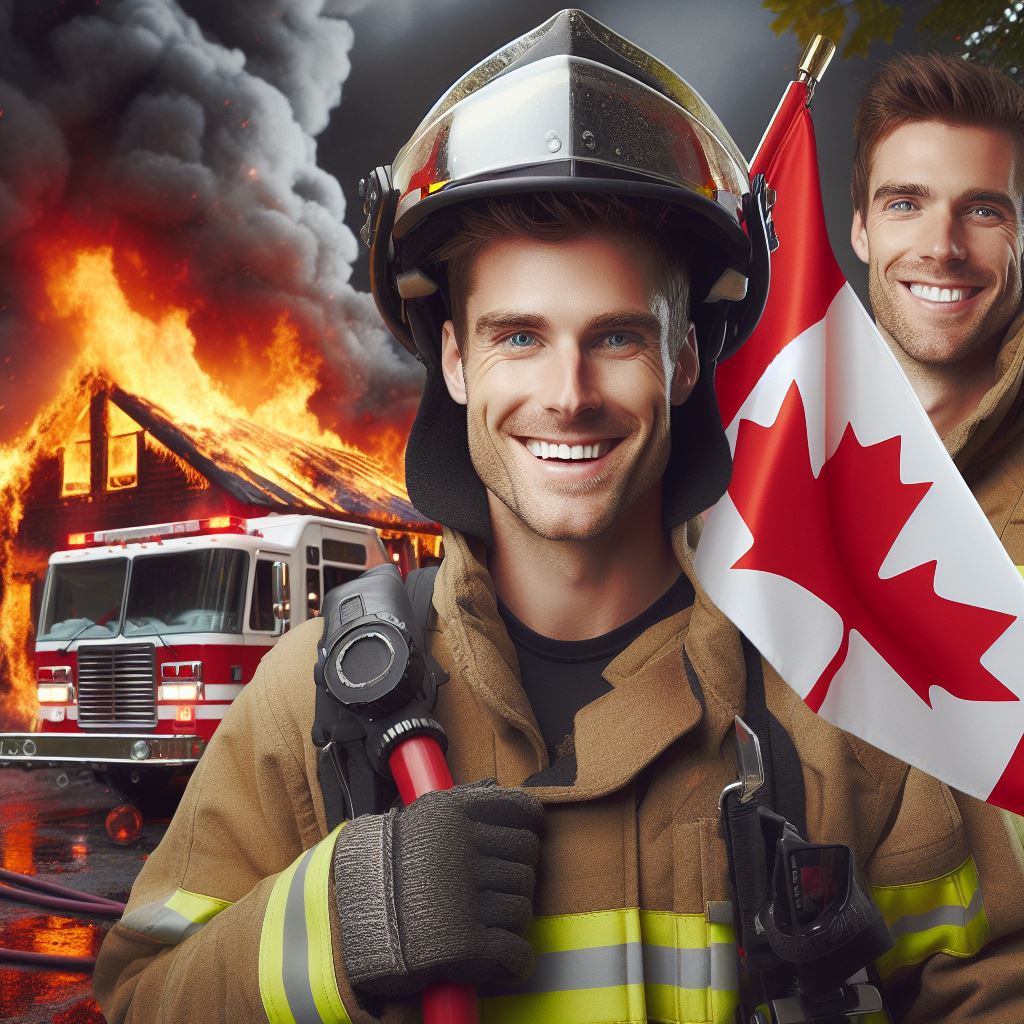
Advanced Firefighter Training
Firefighters pursuing advanced training delve into specialized areas like arson investigation, hazardous materials response, and technical rescue.
Eligibility hinges on experience, basic training completion, physical fitness, and a clean record.
Specializations like arson investigation focus on deciphering fire origins, teaching evidence collection, witness interviews, and collaboration with law enforcement.
Hazardous materials response trains firefighters in handling and containing dangerous substances, emphasizing decontamination and proper disposal procedures.
Technical rescue specialization equips firefighters with advanced rope techniques, confined space rescue, and structural collapse rescue skills.
They master specialized equipment like harnesses, ropes, and pulleys for high-risk rescues.
The training encompasses advanced firefighting tactics, studying building construction, fire behavior, ventilation techniques, search and rescue operations, and extinguishing various fire types.
Firefighters also become proficient in using specialized tools and technologies such as thermal imaging cameras, hydraulic tools, and drones.
Ultimately, advanced firefighter training ensures firefighters are well-prepared to handle complex and hazardous situations, safeguarding lives and property with expertise and precision.
Read: How to Become a Firefighter in Canada
Uncover the Details: Firefighting Tech Advancements in 2024
Continued Education and Training
Continuous learning is vital in the firefighting profession as it helps firefighters stay up-to-date with the latest techniques and equipment.
Importance of Continuous Learning in the Firefighting Profession
- Constantly evolving challenges and hazards require firefighters to acquire new knowledge and skills.
- Ongoing training ensures that firefighters can effectively respond to various emergency situations.
- Keeping up with advancements in firefighting helps improve overall efficiency and safety.
- Continuous learning fosters professional growth and enhances career opportunities.
Opportunities for Advanced Certifications and Professional Development
- Firefighters can pursue advanced certifications such as Fire Officer, Fire Instructor, and Hazardous Materials Technician.
- Specialized training programs offer opportunities to gain expertise in specific areas like urban search and rescue.
- Professional development courses enable firefighters to enhance leadership and management skills.
- Participating in conferences and workshops allows firefighters to stay updated on industry best practices.
Benefits of Staying Updated with New Techniques and Equipment
- Improved safety: Knowledge of the latest techniques helps firefighters combat fires more effectively while minimizing risks.
- Efficient operations: Updated equipment enables firefighters to perform their duties more efficiently and respond quickly.
- Effectiveness in different scenarios: New techniques and equipment empower firefighters to adapt to diverse emergency situations.
- Increased public trust: Continuously learning and using advanced tools inspire confidence in the community.
In conclusion, continued education and training play a vital role in the firefighting profession.
Firefighters must engage in continuous learning to stay abreast of the evolving challenges they face.
Advanced certifications and professional development opportunities further enhance their skills and career prospects.
Remaining updated with new techniques and equipment allows firefighters to perform their duties safely and efficiently, ultimately earning the trust of the communities they serve.
Read: Firefighters’ Role in Canadian Communities
Conclusion
We have discussed the various aspects of firefighter training and what to expect.
In this chapter, we have covered the physical and mental requirements, as well as the technical skills necessary for firefighters.
We also explored the importance of teamwork, communication, and problem-solving abilities.
Firefighter training is not a one-time event, but rather a continuous process of learning and improvement.
It is crucial for firefighters to be prepared for the challenging nature of their job and constantly work on honing their skills.
By staying proactive and adaptable, firefighters can effectively respond to emergencies and protect lives and property.
Remember, being a firefighter is more than just a career – it is a calling to serve and make a difference in the community.
With dedication, hard work, and the right training, firefighters can fulfill their duty and save lives.

